
The US Justice Department officially announced in August this year that it would shut down all private federal prisons across the country. This decision will affect 20,000 inmates locked in federal facilities and not inmates in state prisons and county jails who constitute the majority of the inmate population in the United States.
It was decided to use private federal prisons at the end of the 1990s to solve the problems of overcrowded federal prisons. However, in the last 3 years, there has been a major decrease in the number of federal inmates thanks to changes in penal policy that justify a reduction in the number of prisons.
As of July 2016, there are approximately 193,000 federal inmates in the United States. 12% are held in private facilities. All in all, there are around 2.2 million inmates in prisons and jails across the country (it is not known exactly how many of them are locked in private facilities).
The flaws in private correctional facilities
In a memorandum recently issued by the US Federal Bureau of Prisons, it was claimed that private prison facilities have mediocre performances compared to facilities owned by the government. The problem mainly revolves around security.
Amnesty International congratulated the US government for its decision regarding private federal prisons and called the states to follow suit (so far a few states, such as Kentucky, have decided to terminate the operation of public facilities).
During her election campaign, Hillary Clinton said that the United States must abolish all forms of privately managed prisons. Donald Trump, in contrast, expressed his support for a private correctional system, and no wonder – many of the election campaigns of the Republican Party are funded byPrivate prison companies, such as Corrections Corporation of America.
It should be mentioned that around the world, there only 2 countries which use privately operated prisons. These are New Zealand and Costa Rica.
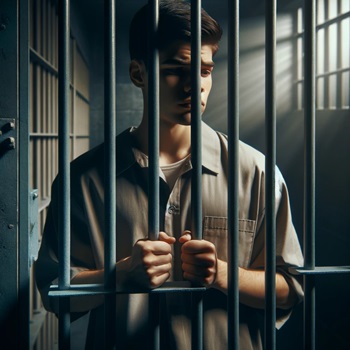
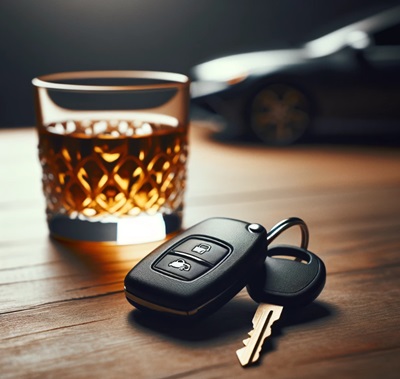


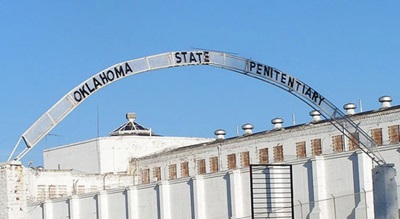
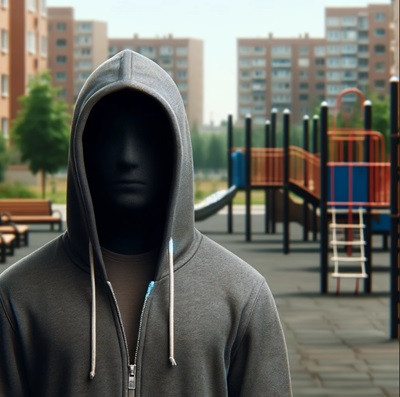

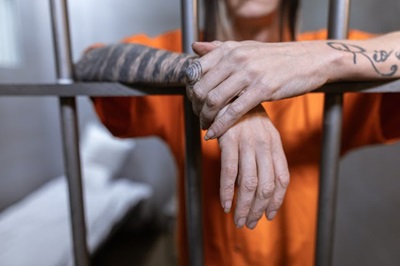
+ There are no comments
Add yours